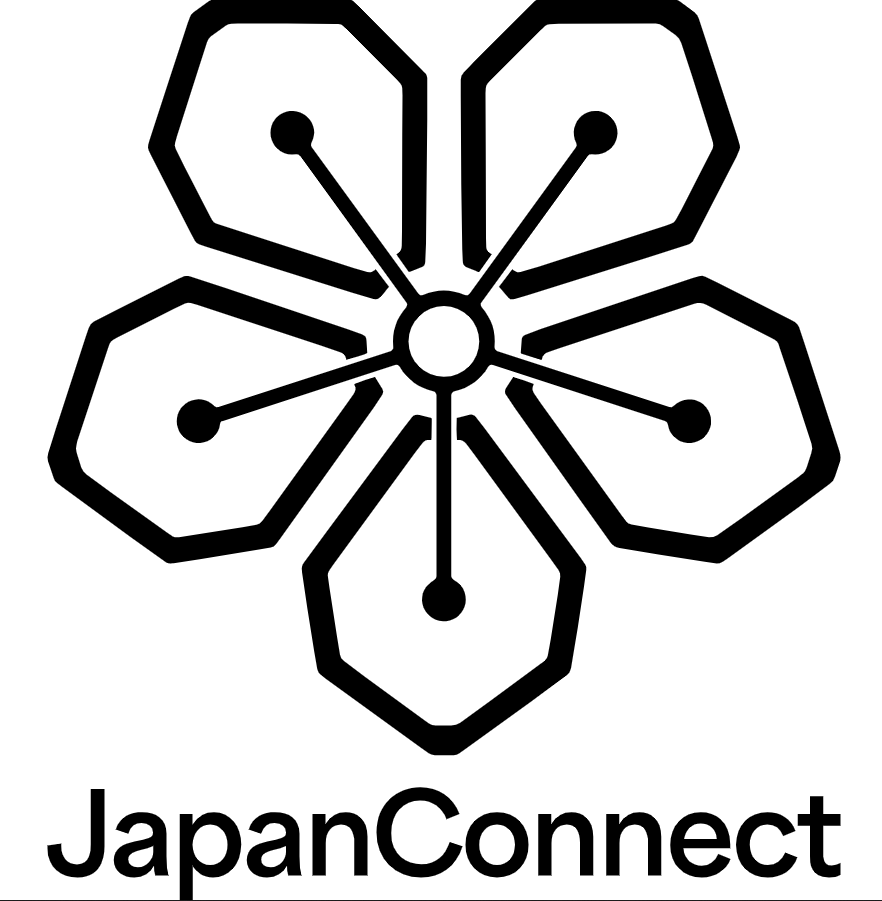Hitachi Rail handles Hitachi Ltd.’s railway systems business. The company invested 100 million dollars in the new plant, dedicating roughly 30 percent of that to artificial intelligence (AI) and digital technologies. AI analyzes camera footage throughout the facility to ensure worker safety, while 3D printers produce components on-site. The plant achieves net-zero carbon dioxide emissions through solar power and other renewable energy sources.
The facility can produce up to 20 railcars per month and will build subway cars for Washington D.C.; Baltimore, Maryland; and Philadelphia, Pennsylvania. “America’s infrastructure has become extremely outdated. This presents a significant opportunity for us,” Hitachi Ltd. President Toshiaki Tokunaga emphasized.
From Shinkansen Bullet Trains to Subways
“Made-in-Japan” technology also plays a key role in mass rapid transit (MRT) systems such as subways. In 2019 the North–South Line of Indonesia’s first MRT system opened in the Jakarta metropolitan area. Then-President Joko Widodo and several cabinet ministers attended the inauguration ceremony. The project, implemented through Japan’s Official Development Assistance (ODA), was an “All Japan” effort: Shimizu Corporation and Obayashi Corporation carried out the tunneling work, Mitsui & Co. provided the advanced operation system, and Sumitomo Corporation and Nippon Sharyo Ltd. were responsible for the railcars.
The Japan International Cooperation Agency (JICA), which had been involved from the planning stage, said that the quality control and production processes for concrete sleepers demanded millimeter-level precision. At first, local workers wondered if such exacting standards were really necessary. But as they watched the Japanese engineers at work—always putting safety first and offering patient, hands-on guidance—their mindset began to change. The Japanese engineers also carefully taught safety procedures, instructing workers in Indonesian to point and call out “right clear” and “left clear” when crossing tracks.
In 2022, Bangladesh’s first mass rapid transit system, Dhaka MRT Line 6, opened in the capital. The project was part of the Japanese government’s Infrastructure System Export Strategy and was financed through long-term, low-interest yen loans from Japan. Kawasaki Railcar Manufacturing Co., a subsidiary of Kawasaki Heavy Industries, produced the railcars, while several other Japanese companies contributed to construction, operational know-how, and ticketing systems.
How Railways Transform Society
Both Jakarta and Dhaka are densely populated cities grappling with severe traffic congestion and air pollution from vehicle emissions. MRT systems help alleviate these problems, reducing economic losses and improving public health.A distinctive feature of Dhaka’s MRT is that the front car of each train is reserved for women, allowing them to travel safely. Sexual harassment is reportedly rampant on public buses, the primary means of transportation for many ordinary citizens. The MRT is expected to promote women’s participation in society by offering a safer alternative. The stations are also equipped with accessibility features meeting Japanese standards, including tactile paving and wheelchair-accessible restrooms. Such barrier-free facilities remain rare in Bangladesh but are likely to help foster greater understanding of and inclusion for people with disabilities.
In Ho Chi Minh City, Vietnam’s largest metropolis, the country’s first metro line—Metro Line 1—opened in 2024. The project reflects Japanese expertise in both hardware and software: Hitachi Ltd. manufactured the railcars, Shimizu Corporation and Maeda Corporation handled tunnel construction, Sumitomo Corporation oversaw the construction of elevated sections aboveground, and Tokyo Metro Co. assisted with driver training and operations management. Since opening, the metro has become a popular photo spot. Couples and families dressed in traditional ao dai pose inside train cars and at ticket gates to take photos on their smartphones.
Japanese Technology Goes Global
Hitachi Ltd. has emerged as a leading Japanese company in the European market. The company decided to expand into Britain in 1998 and, after a series of challenges and setbacks, received its first order for high-speed railcars—the Class 395—in 2005. It later won a large-scale project to replace aging trains on high-speed lines connecting London with other major cities. In 2015, Hitachi introduced the ETR1000 high-speed train in Italy, capable of operating at speeds up to 350 kilometers per hour, exceeding the top speed of Japan’s Shinkansen. The trains also run in Spain and France. With these achievements, Hitachi broke into a market once dominated by the so-called “Big Three” railway manufacturers—Siemens of Germany, Alstom of France, and Bombardier of Canada. Today, Hitachi’s railway business spans more than 50 countries worldwide. The company ranks among the world's leading rail manufacturers, alongside China's CRRC, Alstom, and Siemens, and aims to nearly double its railway revenue to 2 trillion yen by 2030.In 2015, India decided to adopt the Shinkansen system for its first high-speed rail project. The plan initially called for the use of E5 series trains developed by East Japan Railway Co. (JR East), but concerns over rising production costs and possible delivery delays temporarily stalled progress. The project was revised: when operations begin in 2027, more affordable Indian-made trains will run first and be replaced later by Japan’s next-generation E10 series Shinkansen once they are ready for delivery.
Japan’s population is declining due to a low birthrate. With little prospect for long-term growth in domestic rail ridership, railway vehicle production has been on a downward trend. Facing a shrinking home market, Japanese companies need to seek growth opportunities overseas.
Japanese railway technology and operations are known for their strict safety standards, precise scheduling, and meticulous maintenance. Because Japan often experiences natural disasters such as earthquakes and heavy rainfall, its railways have also developed advanced seismic engineering and automatic emergency stop systems. Looking ahead, Japanese railway technology is well positioned to continue contributing globally and strengthening mutually beneficial partnerships.
By Akio Yaita
Journalist. Graduated from the Faculty of Letters at Keio University.
After completing his doctorate at the Chinese Academy of Social Sciences, he worked as a correspondent for the Sankei Shimbun in Beijing and as Taipei bureau chief. Author or co-author of many books.
*The stories and materials above are provided by JIJI.press or AFPBBNews







